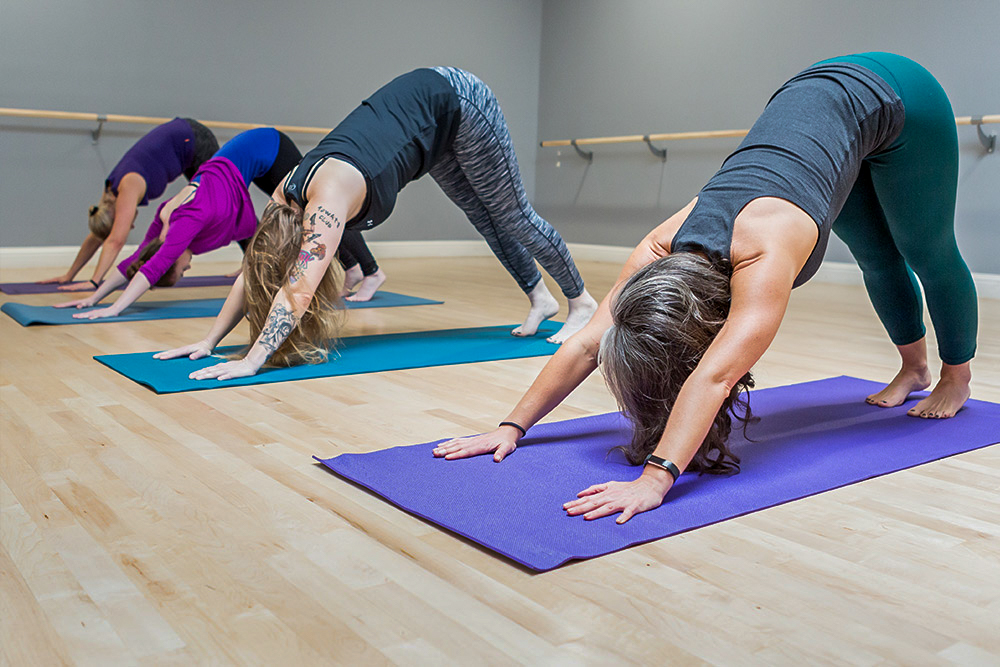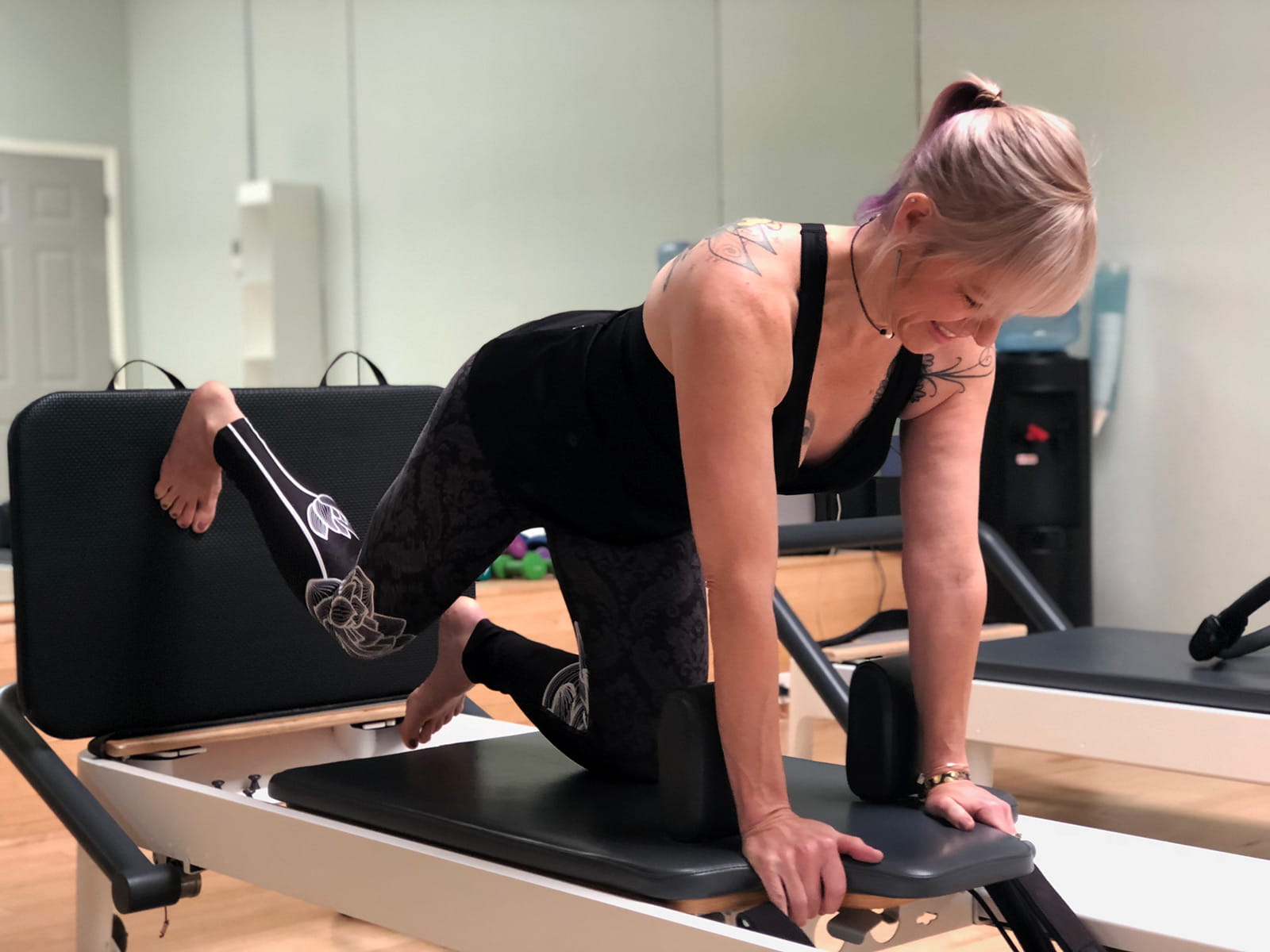The Ultimate Guide to Finding the Best Gym in Alameda
Introduction:
where we explore the importance of finding the best gym in Alameda for local residents. Regular exercise offers a multitude of physical and mental health benefits, but the key to a successful fitness journey lies in choosing the right gym. If you’re an Alameda resident on the hunt for the perfect fitness center, this blog is tailored just for you.
Table of Contents
Understanding Your Fitness Goals
Setting clear fitness goals before choosing a gym is essential because it helps you tailor your fitness journey to your specific needs and preferences. When you have a well-defined objective, you can select a gym that offers the right equipment, programs, and atmosphere to support your goals effectively. Here’s why setting clear fitness goals is important:
- Motivation and Focus: Clear fitness goals provide motivation and a sense of purpose. When you know what you’re working towards, it’s easier to stay committed and focused on your exercise routine.
- Measurable Progress: Goals allow you to track your progress. Whether it’s weight loss, muscle gain, or improving general fitness, having quantifiable benchmarks helps you see how far you’ve come.
- Efficiency: Different goals require different exercise regimens and equipment. Tailoring your gym choice to your goals ensures you’re making the most of your time and effort.

Examples of Different Fitness Goals:
- Weight Loss: If your primary goal is to shed excess weight, your workouts may involve a mix of cardio exercises (e.g., running, cycling, or swimming) and strength training to maintain muscle mass. It’s crucial to choose a gym that offers a variety of cardio machines, group fitness classes, and possibly personal training for guidance.
- Muscle Gain: For those looking to build muscle and increase strength, the gym should have a range of free weights, resistance machines, and possibly functional fitness areas. Access to a knowledgeable fitness trainer or a community of like-minded individuals can be beneficial for sharing techniques and motivation.
- General Fitness: Some individuals aim for overall health and fitness improvements without specific weight or muscle goals. For them, a gym with a variety of equipment, classes, and wellness amenities like saunas or swimming pools might be a good fit. General fitness goals may focus on flexibility, stamina, or maintaining a healthy lifestyle.
How Specific Goals Influence Gym Choice:
- Equipment Selection: The type of equipment available in a gym should align with your goals. A gym focused on bodybuilding should have a wide range of free weights, while a gym suited for weight loss should offer diverse cardio options.
- Programs and Classes: Some gyms offer specialized classes or programs geared toward specific goals. For example, a gym with a CrossFit program may attract those interested in intense functional fitness, while a yoga studio may cater to individuals seeking stress relief and flexibility.
- Community and Support: Depending on your goals, you might benefit from a supportive community or personal training services. Gyms with a strong sense of community can provide motivation, while personal trainers can offer tailored guidance.
- Accessibility and Convenience: The location and hours of operation should match your schedule and lifestyle. For example, if your goal is weight loss, a gym close to your workplace may facilitate lunchtime workouts.

Location Matters
Location is a crucial factor when it comes to the accessibility and convenience of a gym. The significance of a gym’s location is multifaceted and can greatly impact an individual’s ability to maintain a regular fitness routine.
- Proximity to Home or Workplace: A gym that is located close to one’s home or workplace is highly advantageous. When a gym is conveniently situated in proximity to where an individual lives or works, it becomes significantly easier to incorporate regular exercise into a daily routine. People are more likely to make the effort to visit the gym if it’s just a short distance away, which helps in fostering consistency in their fitness regimen.
- Time and Energy Savings: A gym located nearby saves both time and energy. Commuting to a distant gym can be time-consuming and exhausting, which can act as a deterrent for many individuals. A nearby gym allows individuals to maximize their workout time and minimize the time spent getting there, making it a more efficient and sustainable option.
- Consistency: The key to achieving fitness goals is consistency. When a gym is conveniently located, it’s easier to stick to a regular workout schedule. Whether it’s before or after work, during a lunch break, or even on the way home, the convenience of a nearby gym encourages people to maintain a consistent fitness routine, leading to better results over time.
- Public Transport Options: Not everyone has the luxury of personal transportation, which makes the availability of public transport options near the gym crucial. A gym with good public transport accessibility ensures that a broader demographic can access it, including those who rely on buses, subways, or trains. This accessibility is particularly important in densely populated urban areas where owning a car might not be practical or affordable for everyone.
- Community Engagement: Local gyms often play a role in building a sense of community. People from the same neighborhood or workplace who frequent a nearby gym are more likely to interact and form connections for health. This sense of community can be motivating and help individuals stay committed to their fitness goals.
- Safety: The safety of the gym’s location is also paramount. A gym situated in a well-lit, easily accessible area can provide a sense of security for individuals, especially if they are working out during early morning or late evening hours.
Gym Types and Specializations
There are various types of gyms and fitness centers available, each catering to different fitness interests and goals. Understanding these gym types can help individuals find the right fit for their specific needs and preferences. Here’s an overview of some common gym types and their specializations:
Traditional Gyms:
- Description: Traditional gyms, often known as fitness centers or health clubs, offer a wide range of exercise equipment such as cardio machines, strength training machines, and free weights.
- Specialization: These gyms are suitable for general fitness and cater to a broad audience with diverse fitness goals. They are a good choice for those looking to improve overall health, lose weight, or build strength.
CrossFit Gyms:
- Description: CrossFit gyms focus on high-intensity, functional workouts that include weightlifting, bodyweight exercises, and aerobic activities. They often have a strong sense of community.
- Specialization: CrossFit is ideal for those interested in intense and varied workouts. It’s excellent for building strength, improving endurance, and achieving a high level of fitness. Participants often enjoy the supportive community atmosphere.
Yoga Studios:
- Description: Yoga studios primarily offer yoga classes that focus on flexibility, balance, and mental well-being. These can range from gentle, restorative yoga to more vigorous vinyasa styles.
- Specialization: Yoga studios are perfect for individuals looking to improve flexibility, reduce stress, and enhance mindfulness. It’s an excellent choice for both physical and mental wellness.
Martial Arts Gyms:
- Description: These gyms are dedicated to various martial arts disciplines, such as karate, kickboxing, or Brazilian jiu-jitsu, and provide specialized training in these areas.
- Specialization: Martial arts gyms are ideal for those interested in self-defense, discipline, and improving physical fitness while learning a new skill.
Cycling/Spin Studios:
- Description: These studios focus on indoor cycling classes, also known as spinning, using stationary bikes. They often feature energetic music and motivational instructors.
- Specialization: Spin studios are excellent for cardiovascular fitness and leg strength. They offer an intense, high-energy workout experience for health.
Functional Training Centers:
- Description: Functional training centers emphasize exercises that mimic everyday movements and activities, helping individuals improve their functional strength and mobility.
- Specialization: These centers are great for people aiming to enhance daily activities and prevent injuries. They are especially suitable for older adults.
Powerlifting and Strongman Gyms:
- Description: These gyms are specialized in powerlifting, strongman, and strength training. They often have specialized equipment for these activities.
- Specialization: These gyms cater to individuals interested in building raw strength and competing in powerlifting or strongman events.
Conclusion
Finding the best gym in Alameda is a process that requires careful consideration of your personal fitness goals, preferences, and needs. Start by assessing the location, amenities, and membership options available at various gyms in the area. Pay close attention to the gym’s cleanliness, equipment quality, and the expertise of its staff. Don’t forget to read reviews and ask for recommendations from friends or family who have experience with local gyms.
FAQ:
1. What role do clear fitness goals play when choosing the right gym?
Clear fitness goals provide motivation, help track progress, and ensure efficiency in selecting a gym tailored to your specific needs and preferences for health.
2. How do different fitness goals influence the choice of equipment in a gym?
Different fitness goals require specific equipment; for example, weight loss goals may need diverse cardio machines, while muscle gain goals require free weights and resistance machines.
3. Why is the location of a gym important in maintaining a regular fitness routine?
The location matters because it affects accessibility, saves time and energy, encourages consistency, broadens community engagement, and enhances safety health during workouts.
4. What are some common types of gyms and their specializations?
Common gym types include Traditional Gyms (for general fitness), CrossFit Gyms (intense workouts), Yoga Studios (flexibility and mindfulness), Martial Arts Gyms (self-defense and discipline), Cycling/Spin Studios (cardio fitness), Functional Training Centers (daily movements), and Powerlifting and Strongman Gyms (raw strength).
5. What factors should one consider when looking for the best gym in Alameda?
Consider factors such as location, amenities, membership options, cleanliness, equipment quality, and staff expertise. Reading reviews and seeking recommendations from friends or family is also advisable.



